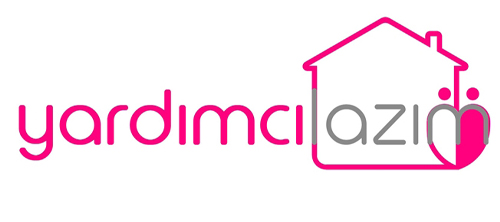Romans https://europejczycy.info/services-of-an-immigration-lawyer/ also recorded funds in the treasury, taxes paid, and information about enslaved people and freedmen, among other important issues. Because much of the economy was based on currency, accounting was more complex and involved advanced math, but it was necessary to ensure the Roman Empire remained strong economically. Let’s assume Coca cola carries out similar calculations for the labeling and packaging departments and discovers that it spent a total of $100,000 to produce 50,000 bottles in the month of May.
Understanding Cost Accounting
- By effectively implementing process costing, businesses can make informed decisions, set competitive prices, and maximize profitability.
- Process costing harmonizes these expenses, distributing them equitably across the journey, allowing the chocolate maker to discern the cost per delectable bar emerging from the rhythmic dance of production.
- Allocating costs between finished and incomplete products is key to accurate financial reporting.
- This rate is determined by dividing the total overhead costs by the total number of units produced.
Job order costing is a cost accounting method used to assign costs to specific jobs or batches. Each job or batch is treated as a unique cost object, with direct materials, direct labor, and overhead costs tracked separately for each. This method is particularly suited for industries where products are customized or produced in small batches, such as manufacturing, construction, and professional services.
- Abnormal losses are credited out of the Process Account into an abnormal loss account at the full unit cost value.
- FIFO is handy for manufacturers who produce goods with short shelf life or use materials subject to price fluctuations.
- Process costing and job order costing are two distinct cost accounting methods, each suited for different production environments.
- The single largest problem with the process costing concept is the use of an estimated percentage of completion of work-in-process at the end of a reporting period.
- Some process industries transfer the finished goods from one process to the next process at a price above cost.
Fixed Costs
- Accountants will calculate the total overhead cost of each month and separate them to each finished product at the month-end.
- Process costing is an essential accounting method used to assign production costs to each unit produced.
- Businesses should consider the pros and cons before implementing process costing.
- In all such industries, goods produced are identical and all factory processes are standardised.
- By knowing the exact cost of production, manufacturers can also identify areas where they can reduce costs and increase profitability.
- The cost is allocated based on the completion of the activity for particular products.
The formula for activity-based costing is the cost pool total divided by the cost driver, which yields the cost driver rate. To find the cost driver rate, divide the total cost pool by the total cost drivers, which helps calculate related overhead and indirect costs. By understanding absorption costing, businesses can better assess their product costs and profitability, ensuring that all manufacturing expenses are appropriately captured in their financial statements. (8) Because cost of production is ascertained periodically, management is in a position to receive various reports periodically and review the progress and efficiency of the production process. Under this method, cost is accumulated from various processes for various products.
Process costing in modern manufacturing – the software advantage
Companies can maximize their resources, reduce costs, and increase efficiency by taking a comprehensive and strategic approach. Manufacturing companies should ensure that cost data is confidential and only shared with authorized individuals. Compliance with laws and regulations is crucial for ethical considerations in process costing. Manufacturing companies must comply with laws and regulations related to cost accounting, such as Generally Accepted Accounting Principles (GAAP) and International Financial Reporting Standards (IFRS).
Cost of Raw Materials
Process costing helps in budgeting as it provides an estimate of the cost of production for a specific period. It can help prepare budgets and financial forecasts for business planning and decision-making. Direct labor is the labor involved in the production process, while indirect labor supports the production process but is not directly involved.
Components Included in Absorption Costing
The main principle of job order costing is to accumulate costs for each job individually, allowing for precise cost tracking and profitability analysis. This analysis helps determine each product’s cost, including raw materials, labor, and overhead costs. We calculate this by http://www.beonlive.ru/lj/social/archive.php?data=-1525824370.php dividing the total cost by equivalent completed units in the production phase.
This flexibility allows companies to tailor their cost accounting systems to their https://guamportal.com/blog/is-guam-a-developing-country-or-a-first-world-country needs and operational requirements. Abnormal losses are credited out of the Process Account into an abnormal loss account at the full unit cost value. Abnormal losses will be costed on the same basis as good production and therefore, like good production, will carry a share of cost of normal losses. The abnormal losses are not included in the process costs but are removed from the appropriate Process Account and reported separately as an abnormal loss.
